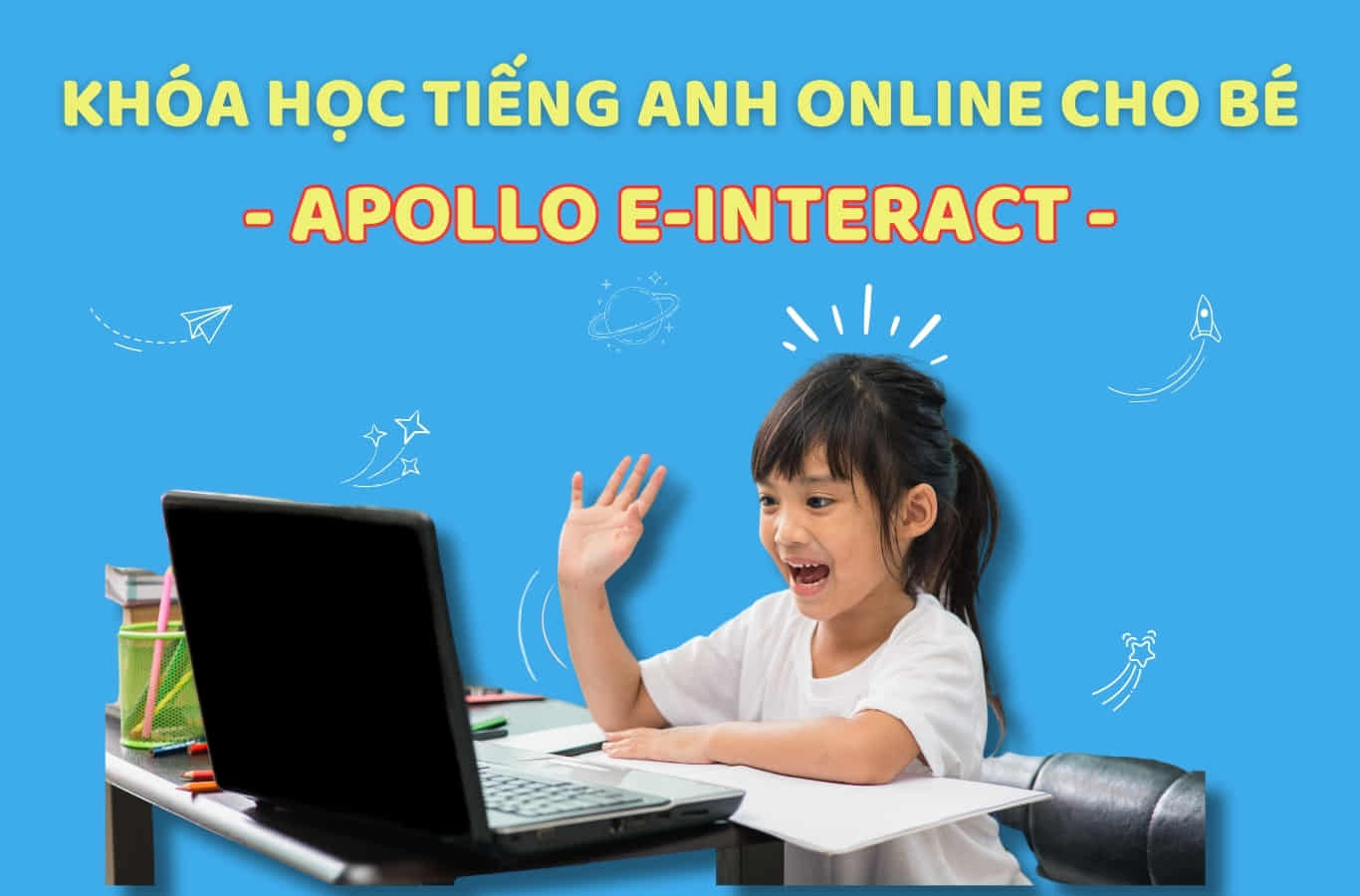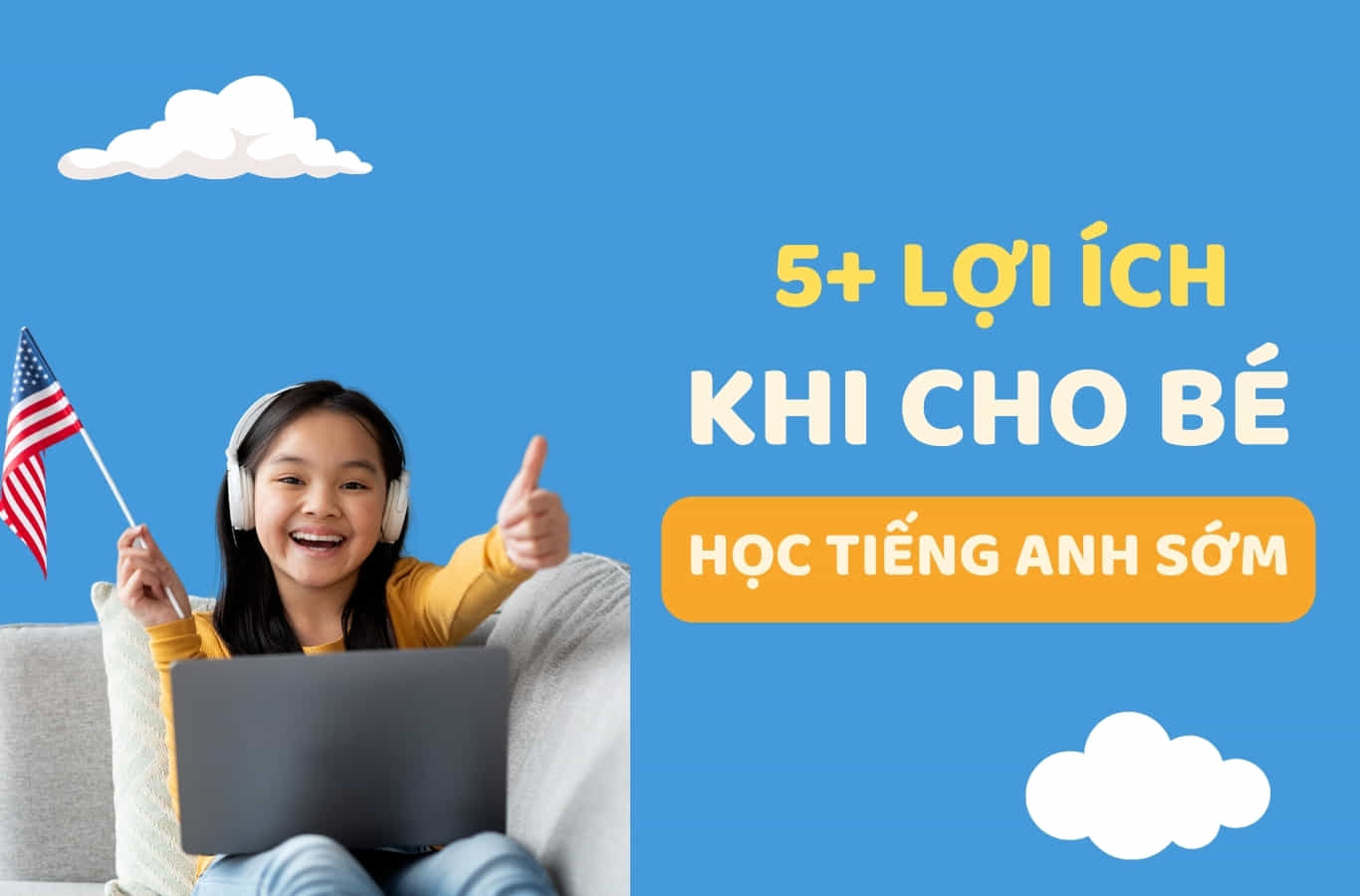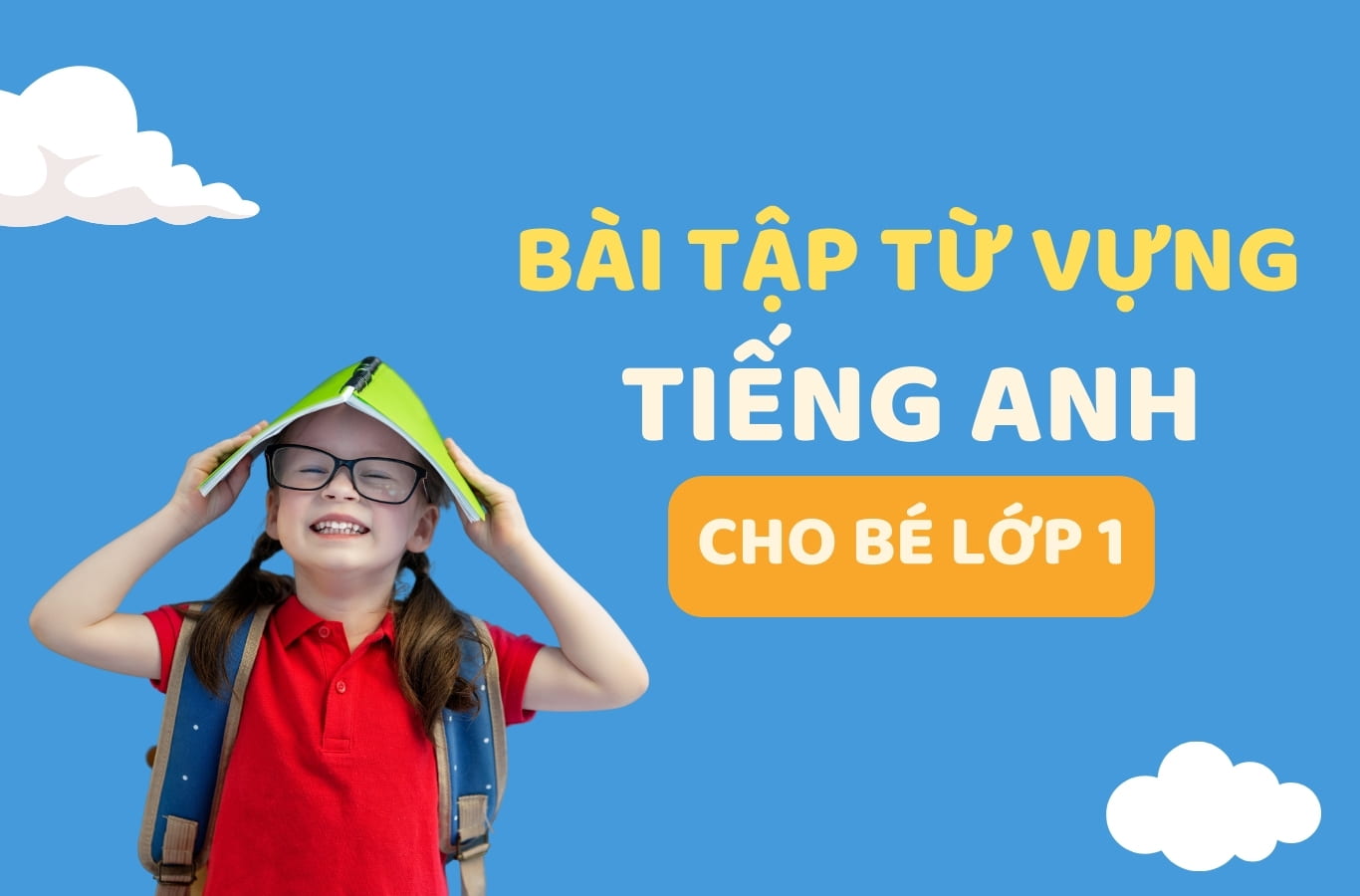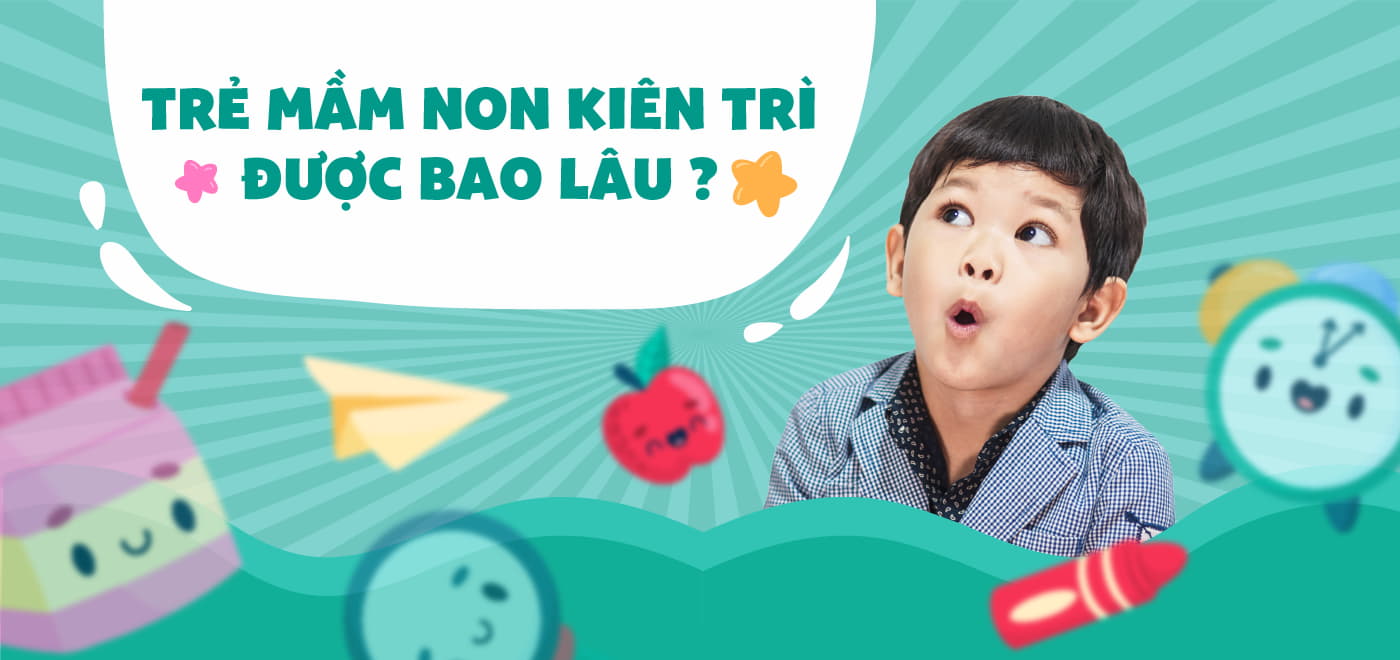CHAPTER 2: BE STRONGER TOGETHER
Please try to spend 15 mins brainstorming for yourself, try to answer these questions before reading:
1. What are education stakeholders?
2. How do stakeholders contribute in improving education?
Space for your notes:
.............................................................................................................................................................................................................................................................................................................................…
.............................................................................................................................................................................................................................................................................................................................…
.............................................................................................................................................................................................................................................................................................................................…
.............................................................................................................................................................................................................................................................................................................................…
During a conversation with REAPRA (REsearch And PRAc- tice), a company investing in start-ups that solve complex social issues, I learned about the concept of mapping out stakeholders to get a high-level overview of a field. Education is a complex field involving many stakeholders. Therefore, changes need to be implemented gradually and throughout the hierarchy. It may take years or decades and the total effort of all stakeholders to innovate.
No single person or institution can change the system alone. Therefore, this chapter mentions key parties that play an essential role in education. Ten key stakeholders include:
• Government
• School Principals/Management
• Teachers
• Parents
• Students
• EdTech start-ups
• Centers/clubs/associations for extracurricular courses and activities
• Libraries/galleries/museums
• Companies (the users of labor, the employers)
• Experts, researchers, thought leaders, institutes, or foun- dations focused on education
The education system can only work if stakeholders, who are entirely dependent upon each other, listen and collaborate.
THE FIRST FIVE
The first five stakeholders are the core and will always be part of education as they are responsible for directly shaping the system. They include the government, the school, the teachers, the parents, and the students.
Let’s start with one of the most significant influencers: the government.
The main task of the government is to create frameworks and curricula. Then to allocate resources that enable public schools to, for example, focus on implementing passion projects into the student’s schedules. If the curriculum contains too much content, schools have to make sure they deliver the knowledge to students in time, leaving too little time for other real-world value projects.
The government is the critical stakeholder which decides the framework schools must follow. One of the leading countries in innovating education is Finland. It is the first country to move away from the subject-based division of curriculum into a theme-based approach for all public schools, which uses an interdisciplinary methodology where subjects are connected with each other (Kyllönen, 2020).
In April 2021, I had an opportunity to visit a private school in Vietnam that adopted the theme-based approach, similar to the same principles found in Finnish schools. I was presented with a metaphor for the theme “chocolate.” Inside the theme, students learn components of geography, chemistry, art, or mathematics. Students get a chance to explore countries in which cocoa trees grow, temperatures at which chocolate melts, creative ways to use chocolate for decorations, or shapes chocolate bars are made. The chocolate theme is one out of fifteen themes students explore during a school year.
The Finnish government had already made a bold move when they moved all public schools away from the subject-based split of the curriculum. Hopefully, many countries will follow in upcoming years as transdisciplinary education will make learning more authentic. When students can connect subjects together, they will be able to more effectively relate knowledge learned at school with real-life examples. They will understand the dependency of subjects leading to the big picture theme as well as the domino effects of a possible change in the theme’s creation.
“This is just the beginning. The necessity to have a transdisciplinary understanding of the world will be inevitable across all levels of education, and Finland intends to be at the forefront of this new approach.”
MARJO KYLLÖNEN, HEAD OF DEVELOPMENT SERVICES, CITY OF HELSINKI (KYLLÖNEN, 2020)
The second stakeholder to delve into is schools. Schools often get the curriculum from the government, and their mission is to support teachers. When teachers get all the necessary support, they can help students learn most authentically. The school is the crucial stakeholder which can choose to implement innova- tive methods of teaching or not. They can decide how to provide content and which teachers they hire to deliver it.
When selecting a school, there are various factors for parents to consider. I believe the most important criterion is the fit with the child’s interests. Different schools have different strengths. Some are better at teaching science. Others are better at teaching art or foreign languages. Location, facilities, reputation, class size, and costs are among other factors to bear in mind.
The third group of stakeholders is teachers. They are the ones having a direct influence on students’ learning. They can spark interest, curiosity, and coach students to find passions and strengths. To be successful in supporting students, teachers need tools to assist in collecting information about students to better implement optimal teaching methods. If teachers don’t have the right tools and support from the school, they will go to the classroom to deliver the knowledge in one way, but it’s up to the student if they catch it or not. Schools need to be flexible in allowing teachers to structure their own classrooms to teach the required curriculum. No two classrooms are alike. Teachers are influential because they are often the key reason why students love or hate going to school.
As all of us have been taught by many teachers, I am sure you recall a teacher that made you love learning and a teacher who made you dislike a subject. From my own experience being a teacher in two different institutions and from a conversation with four of my fellow teachers, I can say teaching in a school which cares about teacher’s constant development by providing several workshops per month and regular feedback through pop-in observations, makes teachers feel much more motivated to inspire students. Just as students should feel supported, the teachers also need to feel valued.
In one of the talks with a fellow teacher, Emma, I asked, “How can an education institution help teachers to deliver their best lessons?”
Emma replied, “For teachers to teach well and be the source of energy and inspiration for the students, teachers need to constantly improve.”
“But how can teachers improve, and what are the ways the school can help in that?”
“The school can train teachers on various topics, such as classroom management or lesson planning. The school can also organize sharing sessions for teachers to learn from each other, or the school can implement in-class observations and then provide teachers with feedback on their strengths and action points for improvement,” she explained.
“Can teachers improve in their profession without the support from the school that you mentioned?” I asked.
After a bit of thought, Emma said, “They can, but if the school doesn’t put priority on teacher’s development, then it would not be motivating for the teacher to upskill. Teachers can proactively read more books, watch more videos or attend conferences for teaching tips, but they also need to feel that the school values it.”
As we could see, schools have a significant impact on teachers. The treatment of teachers influences the quality of their lessons which in turn can reflect in students’ outcomes.
The fourth core stakeholder in education is, of course, parents. They are vital in the system as they know their children the best. They have the data and information to share with teachers and schools to provide more tailored lessons. Parents should keep a student profile summary to provide valuable insights on the development of students’ preferences through their childhood and onward. This student profile summary consisting of student’s strengths, passions, track record in the field, etc., is probably even more important to update and share than the traditional “test scores” summary, which students usually get at the end of each school year.
In December 2020, I met the mother of one of my primary school students named Viki for an individual one-on-one teacher-parent meeting. During that meeting and in all other individual meetings, I had a chance to get to know my students in a new way. For example, at just seven years old, Viki was in a class of nine-year-olds. Despite being very intelligent in every other aspect, understanding why she was weaker in spelling and writing became clearer. I also learned about the mother’s fear that her daughter might deal with bullying because of her age or intelligence, which helped me be more aware of the whole context and stay alert to class dynamics.
The story with my student Viki leads me to the fifth group of stakeholders, the students themselves. They are in control of their learning and their life. No matter how great the curriculum or the teacher or parent’s support, at the end of the day, students decide what they like and what they want to do. They can reflect on their own and proactively ask parents and teachers for feedback. Students are the only ones who can determine what they enjoy working on, what motivates them, and what they care about the most. This is why we must always expose our children to the vast new experiences, thoughts, people, and cultures of the world.
THE SECOND FIVE
The second five stakeholders are supporting roles but play an essential position in improving education. They include the EdTech start-ups, centers/clubs/associations, libraries/ galleries/museums, employer companies, and researchers.
Education is a very complex field. That’s why EdTech start-ups are needed to help tackle some of the rising issues—such as tracking the learning styles of each student, making the content of lessons more interactive, assisting teachers in teaching groups as effectively as teaching individuals (by generating tailored lesson plans), helping students learn by themselves, and freeing up some time for teachers to focus on coaching individual students. Without EdTech, scaling innovations in education would be difficult.
I asked five of my fellow teachers about some of the apps they use for classroom management or to aid their teaching. The result was that most of them find “ClassDojo” useful for students’ motivation or “Baamboozle” for interactive games when practicing vocabulary or grammar.
When I surveyed my secondary school students, as most of them possess a smartphone, they often like to play Kahoot! to review any key vocabulary or grammar. They also like to use “Slido” to anonymously ask questions when something is unclear to them, without being mocked by peers for asking trivial questions.
As a parent myself, I have already started to visit a few kindergartens nearby my home to map out future options for my daughter. I found many schools use an app called “KidsOn- line,” which was developed in Vietnam for kindergartens as a tool for communication between teachers and parents. In that app, I can receive photos of my daughter in the classroom, information regarding the length of her nap, or how much food she left on her lunch plate each day. Generally, for parents, EdTech plays the role of an information provider and further involves them in the child’s learning process. For teachers, facilitating the use of these apps means more work. Despite the increased workload, I feel that by sharing information with parents, teachers can also reflect and understand their students better.
Centers, clubs, and associations for extracurricular courses and activities are other stakeholders playing a crucial role in the education system, as parents want their children to learn additional skills outside the classroom.
Throughout my teaching career, I have had the chance to meet over 100 parents on an individual basis. Most parents of my students often want their children to play sports or musical instruments, learn foreign languages, or learn how to code to help them develop a more comprehensive range of activities.
At a language center in Vietnam, I asked my students what other activities they have during the week apart from regular school. Most of them told me they were busy seven days a week. From around grade five, students in Vietnam usually spend around eight hours every weekday in regular schools. After that, many students attend extra English lessons twice a week, play sports once or twice a week, play musical instruments once or twice a week, and participate in additional mathematics or literature lessons, often all taught directly by their teacher from the regular school. Plus, they receive plenty of homework from the daytime school and extracurricular activities, making their schedules packed.
Libraries, galleries, and museums are the following key stakeholder in the system. As I grew up entirely in the Czech Republic, I can say the network of libraries, galleries, and museums in Prague contributes to students’ learning experiences. Students are granted access to rich environments meant to ignite curiosity in discovering more of the world for a minimal fee. Those calm places filled with wisdom and inspiration should exist in every city or village to help students feel the importance of constant learning.
In the Finnish education system, libraries, galleries, and museums are called outdoor learning environments. Marjo Kyllönen, Head of Development Services in the City of Hel- sinki, wrote all of the city’s parks, playgrounds, museums, theaters, cultural buildings, and libraries are learning environments. She added that being outside of the classroom leads to deeper learning by connecting the learning process to the learner’s world (Kyllönen, 2020). Outdoor learning environments allow students to continue learning through- out their life, not just in formal education.
The companies, as the next stakeholder group, are the users of labor — the employers. Therefore, they should communicate with the government to share the skills and knowledge needed in the workplace to include relevant content in the curriculum. If there is a growing demand for IT skills or companies feel that it is hard to find graduates with graphic design skills, companies should speak up to various levels of government to advocate for new subjects to be included in the curricula.
In most countries, the discussion between employers, the government, and worker representatives occurs in tripartite meetings (ILO, n.d.). Having those meetings is a great way to discuss and find compromises between all three parties. In tripartite meetings, the three parties discuss key skills, which should be taught in schools or advise on the ideal number of graduates needed for each industry.
However, waiting for education to improve from those meetings might take time, and companies might need to communicate directly with schools. In a recent survey conducted among Japanese employers in Vietnam, the majority of companies stated that most graduates in Vietnam are not ready to work and need to be retrained (Nghiem, 2019). Schools need to put more focus on equipping students with the skills and knowledge the job market seeks. For that to happen, companies need to help schools in the training process directly by partnering with each other.
Last but not least are the people or institutions that often talk about education: the thought leaders, experts, or think tanks. The advisors to many of the first nine groups of stakeholders- ers, but mainly to the government. The thought leaders are influential as they often appear in media, spreading advice on how education can and should change to prepare our children for success in the time of automation.
All the supporting stakeholders help the core stakeholders improve. Thanks to the supporting stakeholders, education as a whole innovates, and students are better prepared for their adulthood.
CONNECTING THE DOTS
Overall, the system can only work well and remain solid for the next generations if all ten key stakeholders in education work closely together as well as pay attention to each other. One stakeholder group alone cannot change anything.
A multidisciplinary approach will help students connect more subjects into a theme and experience a new way of learning, which might better prepare them for life after school, where everything is interdependent. Finland is the first to implement this innovation at a national level, and if results prove to be effective, many countries will surely follow.
Even if innovations and changes in education are gradual, we need to continue to mutually prioritize improving education by openly discussing the constantly shifting state of the industry.
DAVID PHAM
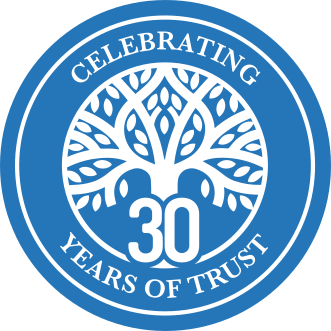

 English
English
 Tiếng Việt
Tiếng Việt



 Trung tâm Anh ngữ Apollo Việt Nam
Trung tâm Anh ngữ Apollo Việt Nam



-miLvgkuA1rT13CGj.jpg)


![350+ TỪ VỰNG TIẾNG ANH CHO BÉ THEO NHỮNG CHỦ ĐỀ QUEN THUỘC NHẤT [KÈM FLASHCARD]](/attachments/2023/12/tu-vung-tieng-anh-cho-be-M4HEgr4fSYlmqYF3.jpg)
